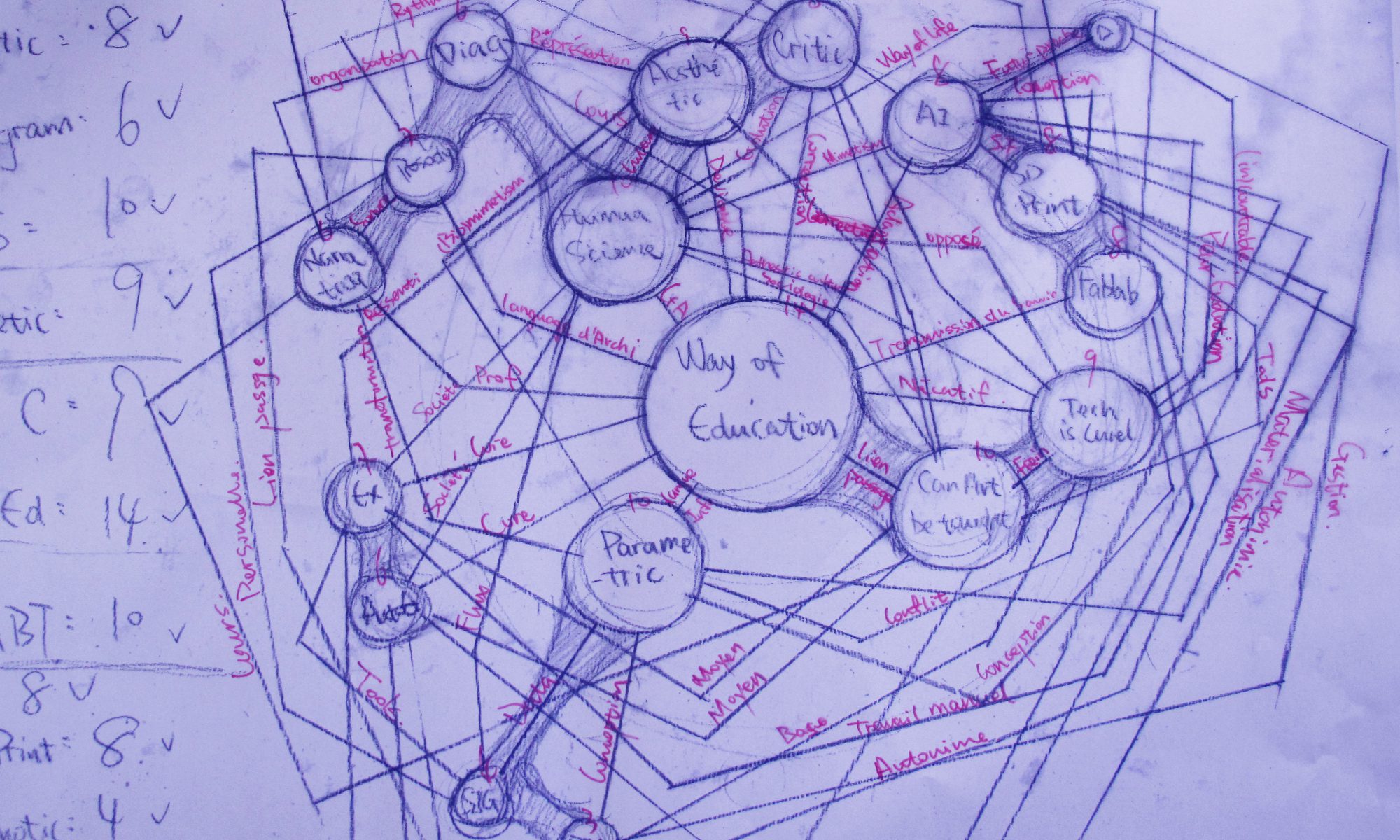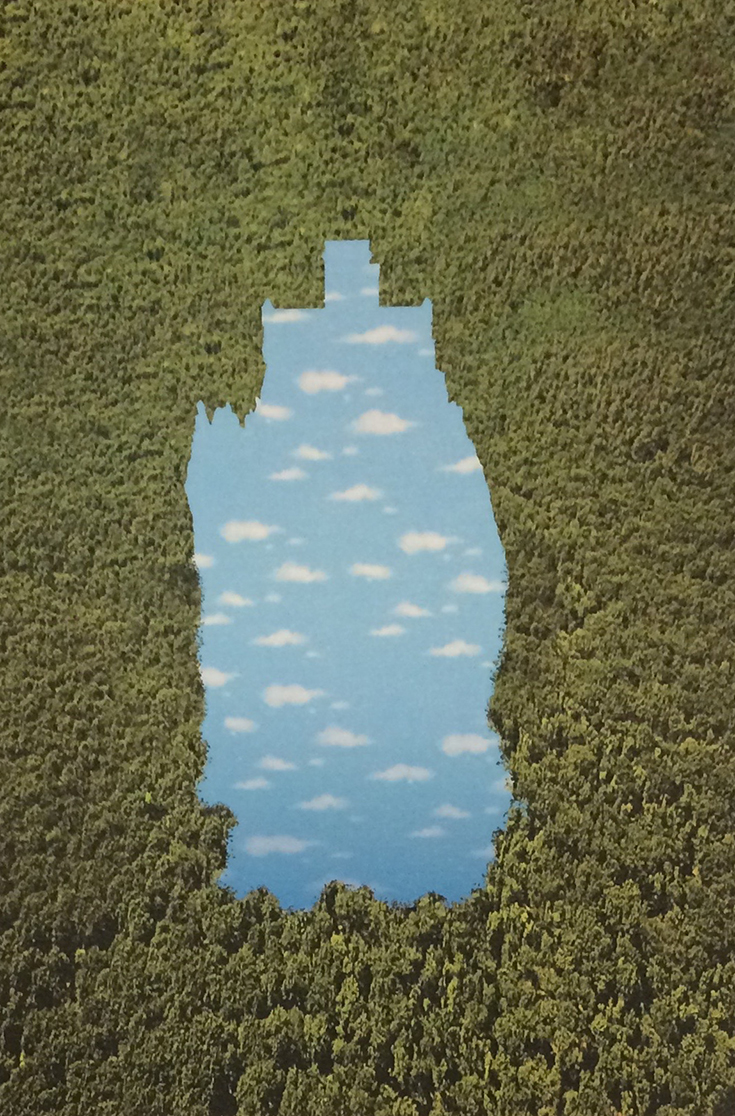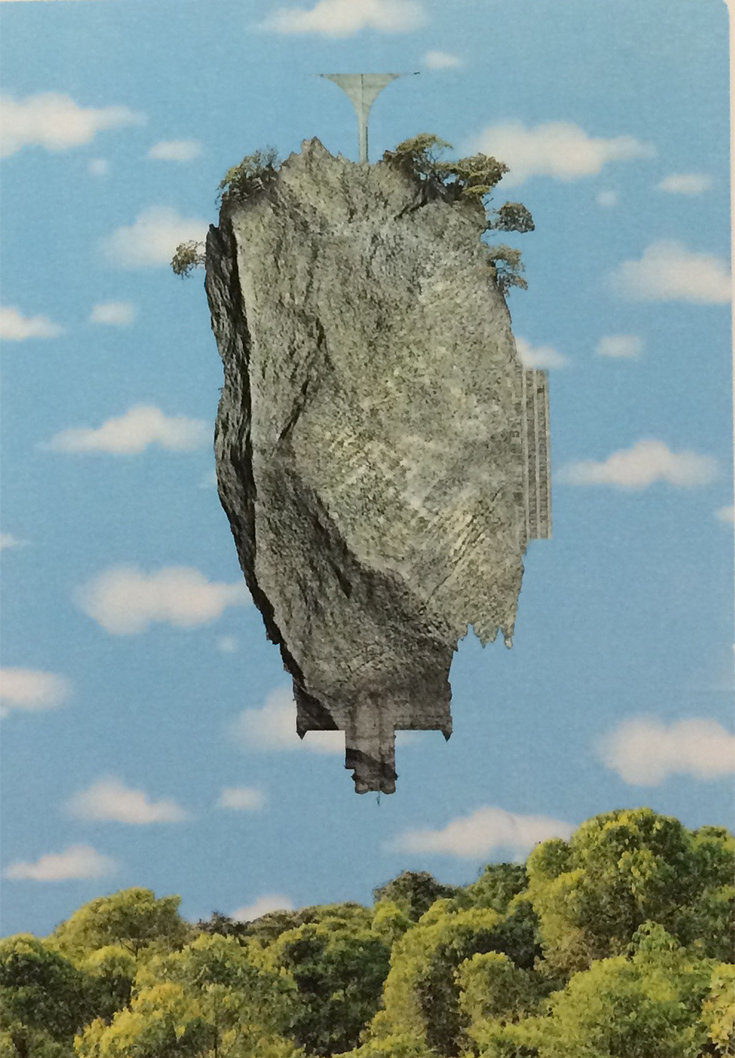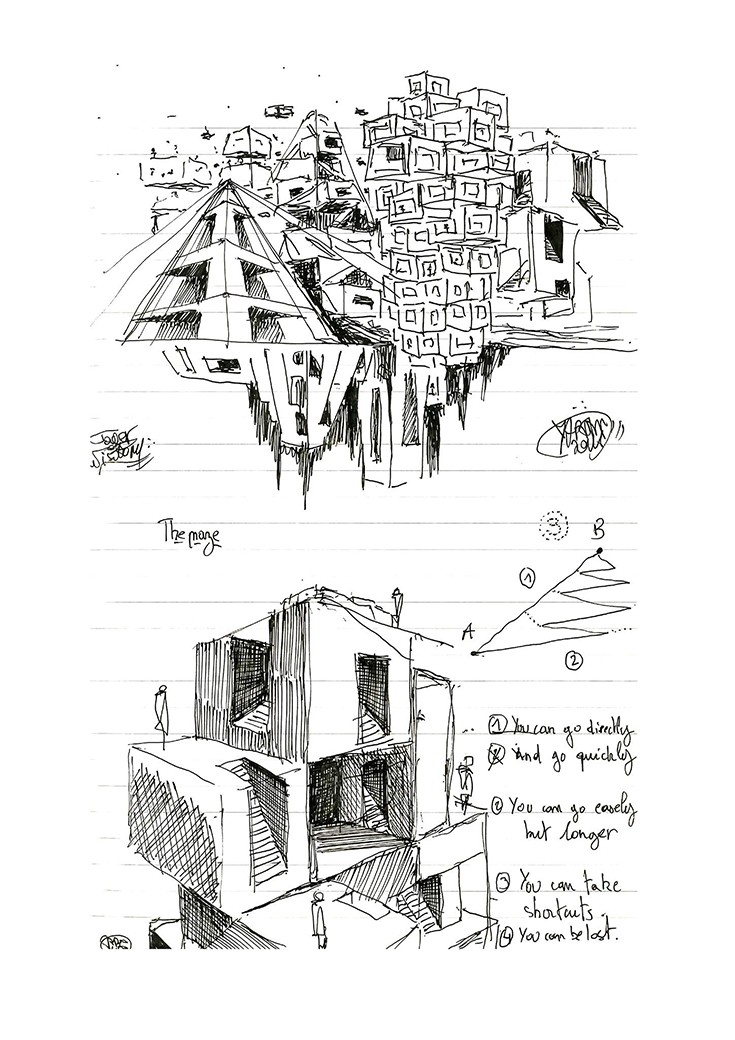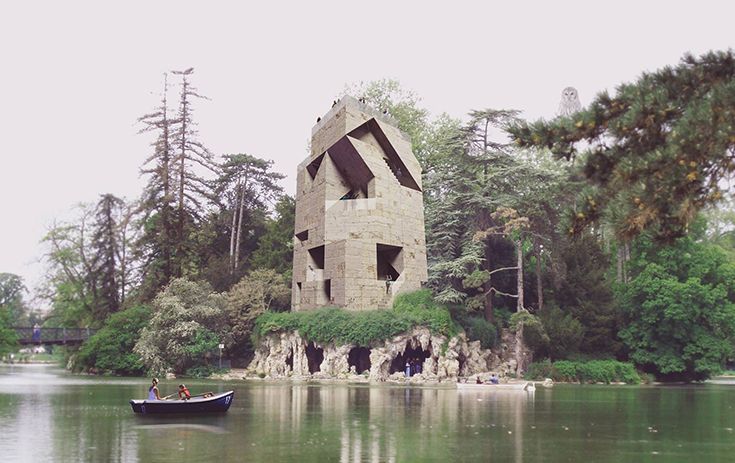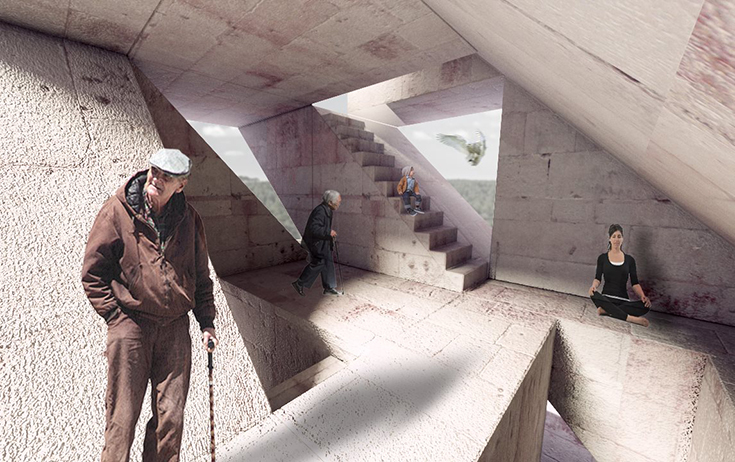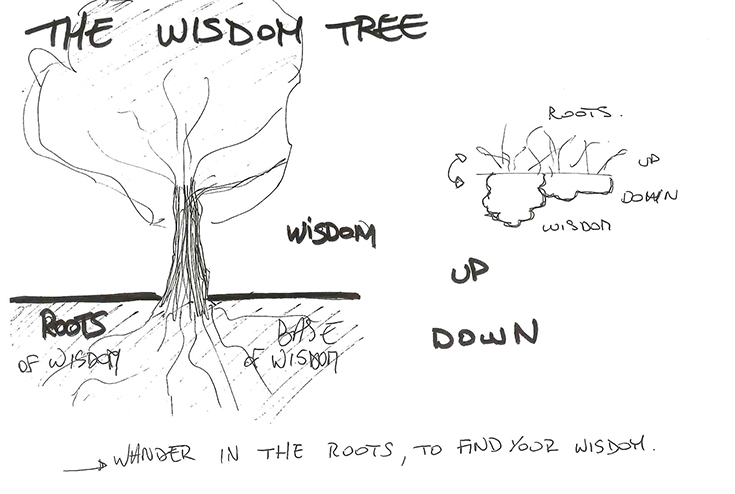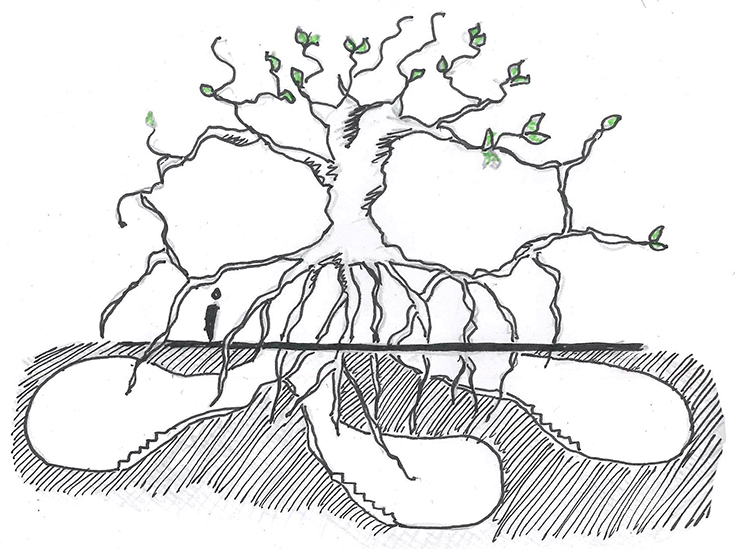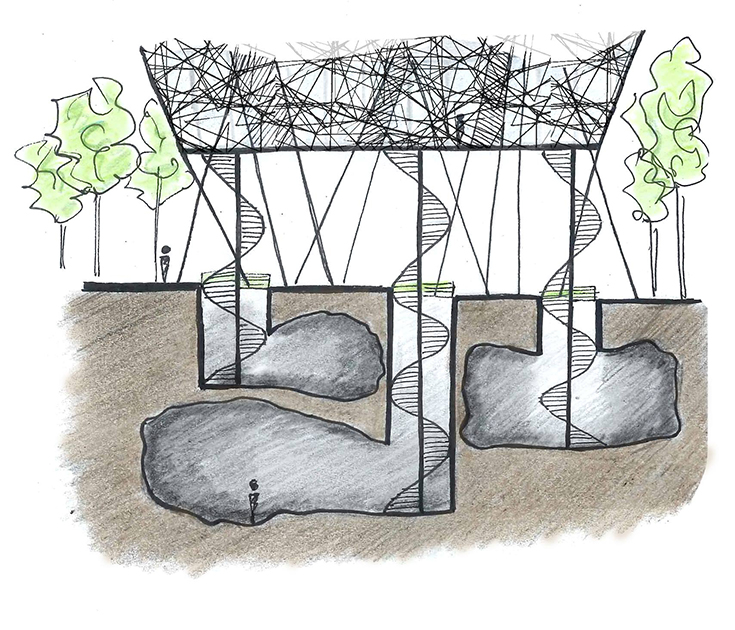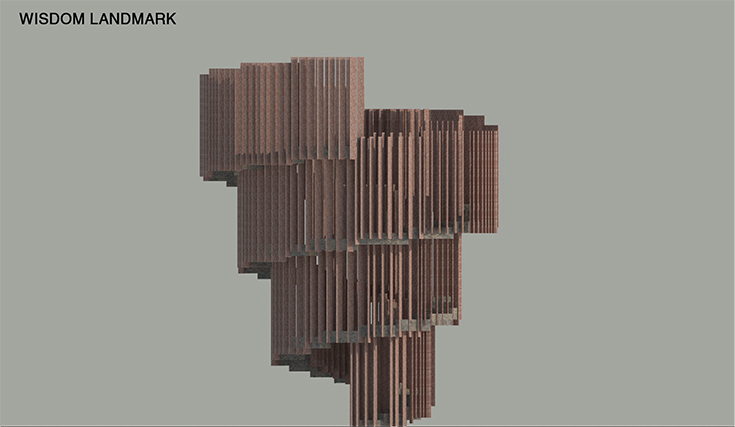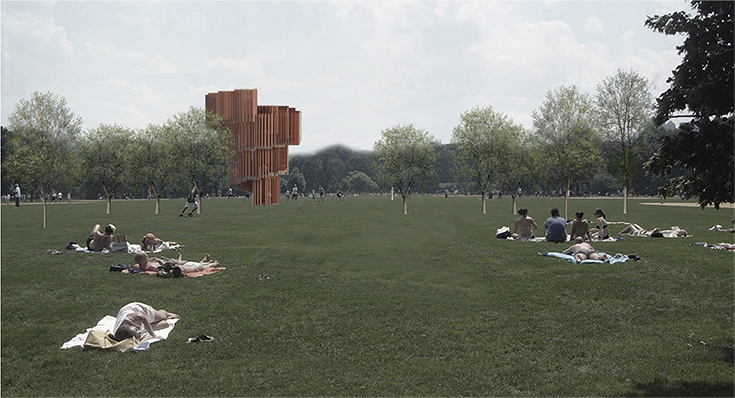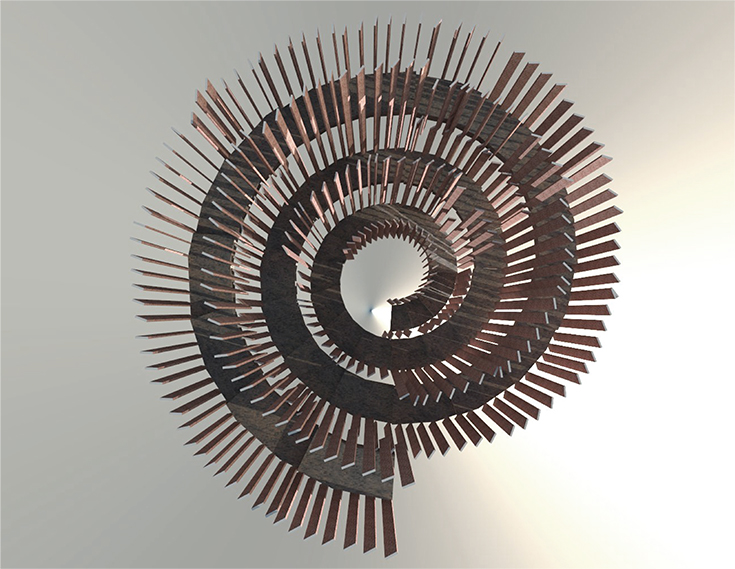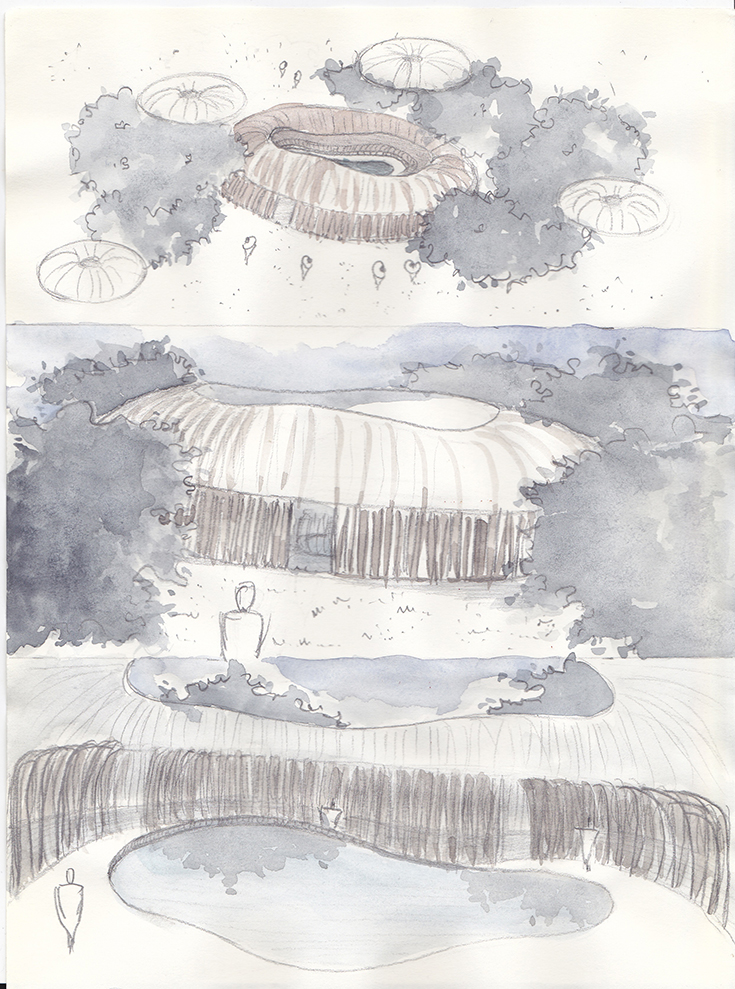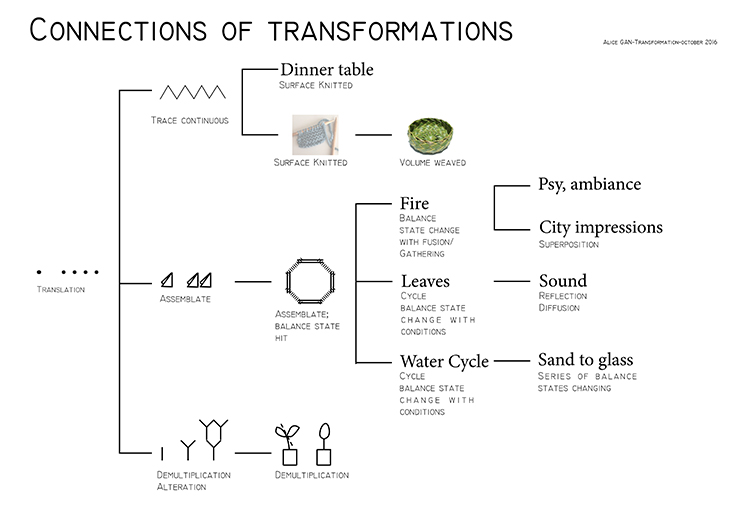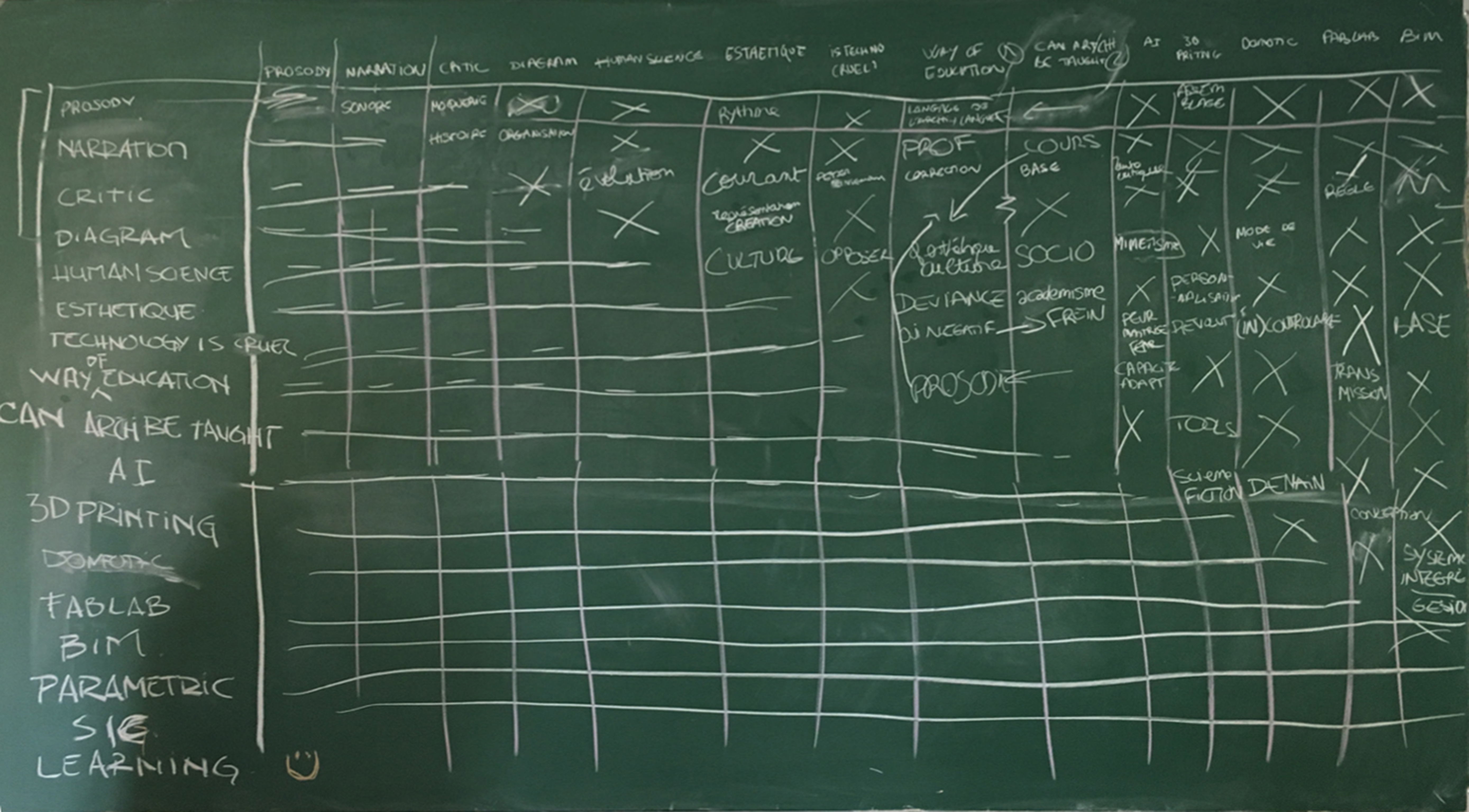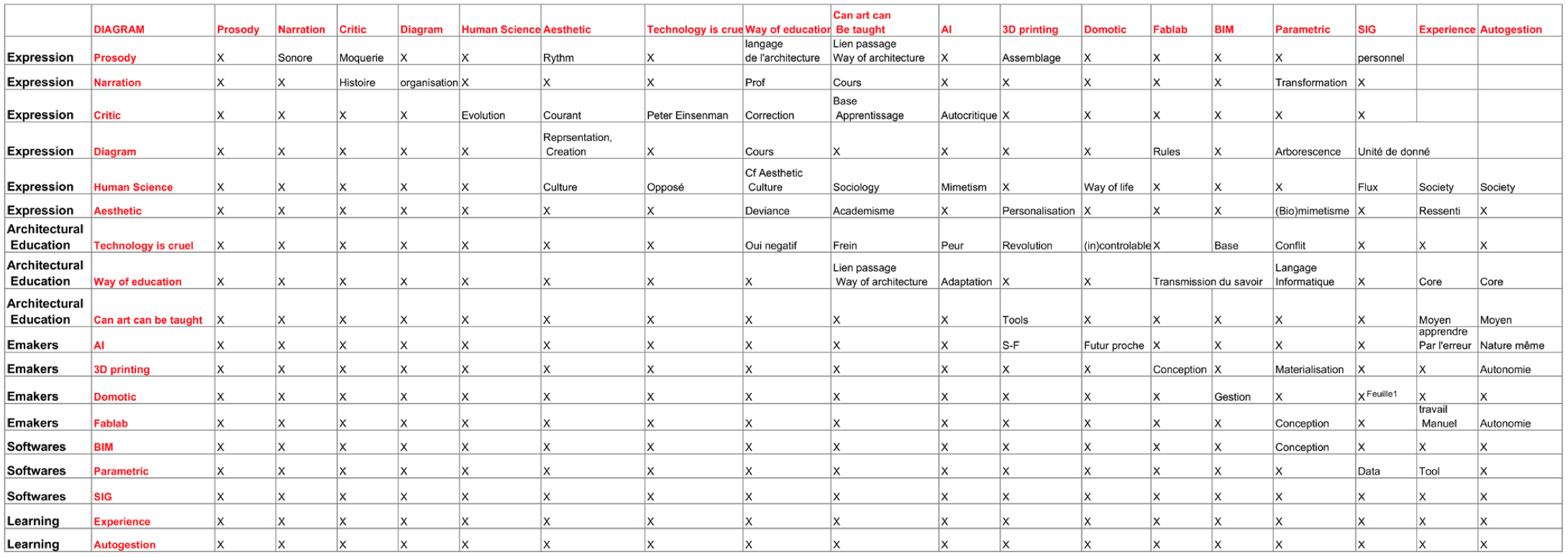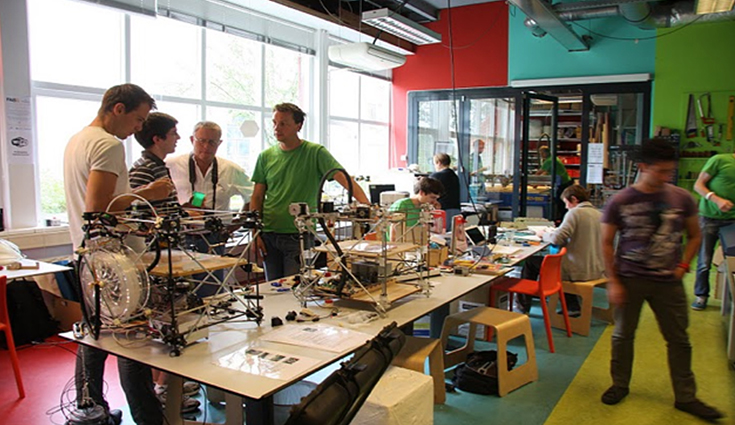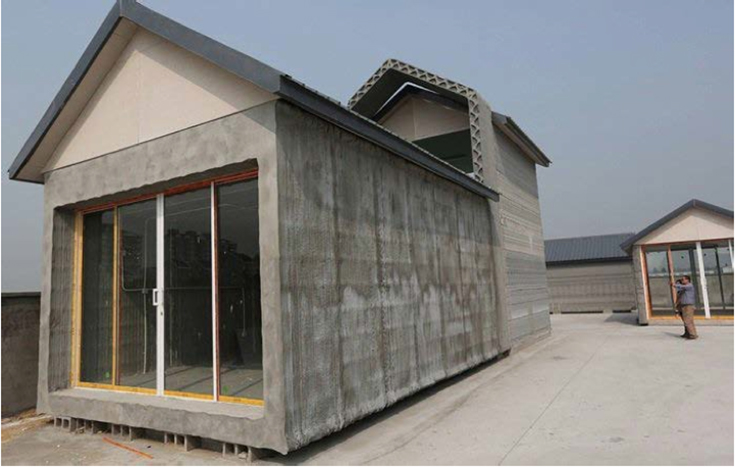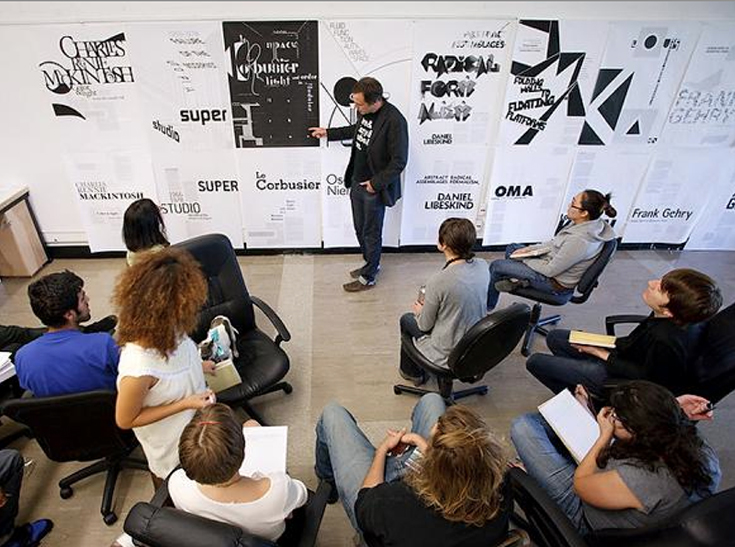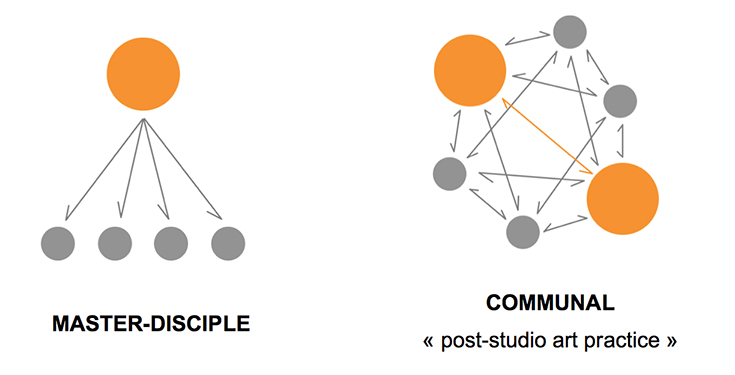Pierre-Loup Pivoin, Mathilde Redouté
The stone tower
The upside-down
The maze
The wood landmark
Alice Gan – Tan Tian
Connections of Transformations
Table of the elements of the tools
E-Makers
- Fablab & Culture E-Makers
FabLab (Fabrication Laboratory) are dedicated to the conception and prototyping of many different type of project. They are based on the use of numerical technology (like 3D printing…) but also on artisanal knowledge. FabLab was born in MIT (Massachusetts Institute of Technology) around 1990. Then it was imported to France around 2000. They are open to everyone (individual, entrepre- neur, startups…) and allows the use of the differerent machines.
This work as an exchange platform of knowledge, experience, ideas. It’s working as a coworking space.
Photo of Fablab
- 3D Printing House
3D printing house refers to various technologies that use 3D printing as a core method to fabricate buildings or construction components. Current machines are being integrated into automated and semi automated production lines and, because of the scale of construction, will feature elements of additive, subtractive and formative manufacturing processes, to handle material deposition at one scale and finishing at another. Because of the cost, 3D printing at construction scales demands clever design and can respond to the demands of architects and engineers for high value, high performance building components.
Photo of project » Dix maisons construites en 24h »
Education
- Can architecture be taught ?
In most of art academis and in many architecture schools, the dominant pedagogical model was founded on a master-disciple relationship. Creative or technical knowledge could only be passed by the supervision of master, whose opinion was a replication of the academy’s official styles. Any challenges to this order are considered heretical.
Photo of CalArts Program
- Post-digital education
As the seminal L.A. artist, who has a studio in Santa Monica, John Baldsessari and other L.A. art educators founded CalArts program in the 1970s years, he tried to upend the current model by leading his students to the open conversation and critique about the practices of artists, that could be between student and student, students and teachers and even teachers and teachers. They think that art can not be taught, so just put the students in the environment of artists, that will free their minds to understand and to create individually. They call it post-studio art practice. It can be used in the same way in architecture.
- Technology, a cruel tool
“Technology is a cruel tool, because what it does is defer the possibility of the student being creative.It takes away from you value judgment .
Peter Eisenman
